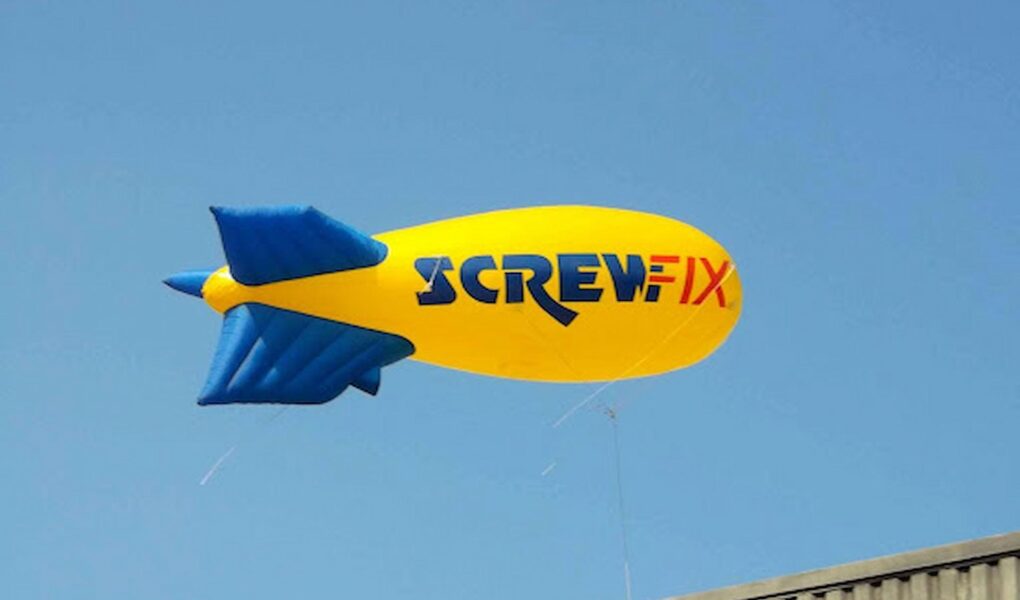Inflatable advertising can transform an event by adding colour, height, and instant visual impact. Yet behind every impressive structure is a set of safety considerations that planners must understand. From secure installation to weather monitoring and regular checks, safety shapes how inflatables perform in real spaces. This guide explains what every organiser needs to know, helping you use these eye-catching features with confidence while meeting professional standards.
Inflatable advertising has become a familiar sight across festivals, sports events, product launches, and community gatherings. These striking structures attract crowds quickly, making them a reliable way to boost visibility. However, their safe use is essential. Event planners carry a responsibility to ensure inflatables are installed correctly, monitored throughout the day, and handled by trained professionals such as ABC Inflatables. When safety is properly managed, inflatables elevate an event without creating unnecessary risks.
In the first half of your planning process, it is important to work closely with experienced providers like ABC Inflatables. Proper guidance at an early stage helps avoid common issues and ensures the right design, size, and fixings are selected for the venue. This early groundwork supports smooth operations and reduces the likelihood of last-minute complications.
Understanding Structural Stability
The stability of an inflatable depends on how well it is anchored. A structure may look secure at first glance, yet slight changes in weather or ground conditions can affect its balance. Planners must confirm that anchoring systems are suitable for the size and weight of the inflatable. Stakes, weighted bases, or water barrels are commonly used, but the choice depends on whether the installation takes place on grass, concrete, or indoor flooring.
Even minor movements can create hazards, so checks should happen before the event opens and again during busy periods. Large inflatables need steady air pressure. A reliable blower system keeps them upright, meaning power sources must be stable and protected from damage. Although the equipment appears simple, it must be inspected before use to ensure its performance meets the expected load.
Weather and Wind Considerations
Wind is the most significant external risk for inflatable advertising. Even low wind speeds can create pressure on tall structures. Before installation begins, planners should review accurate weather forecasts and agree on a wind-speed limit at which the inflatable must be deflated. Professional installers provide this information at the planning stage along with safe operating guidelines.
If wind levels rise suddenly, the safest decision is to take the inflatable down immediately. Quick action prevents damage and keeps visitors safe. Rain is another factor. Wet surfaces reduce friction, making anchoring less effective. Electrical blowers should also be protected from moisture at all times. These simple steps prevent avoidable incidents and support smooth event management.
Safe Positioning at the Event Site
Where an inflatable is placed can determine how safe it is. A large archway at an entrance needs enough space for crowds to move freely. A rooftop inflatable requires a structure strong enough to support it without strain. Indoor spaces must provide good ventilation and clear exits.
Planners should remove anything that could interfere with the inflatable, including cables, sharp edges, or temporary fencing. A safe zone around the structure ensures visitors do not lean on it or tamper with the blower. During peak crowd times, staff should monitor the area to prevent misuse.
Working With Professional Installers
Inflatable advertising should always be handled by trained specialists. Professional installers understand how to assess ground conditions, measure anchor loads, and secure blower units. Their guidance also helps planners choose the right model for the event, preventing oversized or unsuitable structures from being used.
Insurance and certification play a role here. Reputable providers supply safety documents and operational guidance so event organisers can meet their responsibilities. When planners follow these professional recommendations, they reduce the risk of accidents and improve the overall quality of the event.
Regular Monitoring Throughout the Event
Even after installation, inflatables require attention. Changes in temperature can influence air pressure. Increased footfall can cause vibrations around the base. Event staff must check the inflatable at intervals to confirm it remains stable and secure.
Clear communication between the organising team and the installation provider supports quick problem-solving. If issues arise, such as loosening straps or reduced airflow, they should be addressed immediately. Proper monitoring ensures the inflatable continues to perform safely for the duration of the event.
Transport, Storage, and End-of-Event Procedures
Safety does not end when the event finishes. Deflating and packing the inflatable correctly prevents long-term damage. Storing it in a clean, dry space reduces the risk of mould and wear. Transporting it with care ensures it is ready for the next event, maintaining structural strength and visual quality.
For large or heavy inflatables, trained staff should handle the process to avoid injuries and accidental tears. A quick assessment after each event helps identify any repairs needed before the next use.
Why Safety Determines Success
Inflatable advertising brings energy and personality to an event, but only when safety forms the foundation of its use. Well-managed inflatables enhance visitor experience, support brand visibility, and add a unique sense of scale. Poorly managed installations, however, can create concerns and undermine the planner’s reputation.
By following strong safety practices, choosing reliable equipment, and working with trusted specialists, organisers can be confident that their inflatables will perform as expected. When visitors feel safe and comfortable, the event itself benefits.
Conclusion
Prioritising safety in inflatable advertising is essential for protecting crowds, staff, and brand reputation at any event. Understanding key factors such as correct installation, secure anchoring, certified materials, and routine inspections helps minimise risks associated with wind, weather, and equipment failure. Event planners should work only with reputable suppliers who provide clear safety documentation, insurance coverage, and trained setup teams. Regular monitoring throughout the event is equally critical to ensure stability and compliance. When handled responsibly, inflatables remain an effective and eye-catching promotional tool that delivers strong visibility without compromising public safety.


